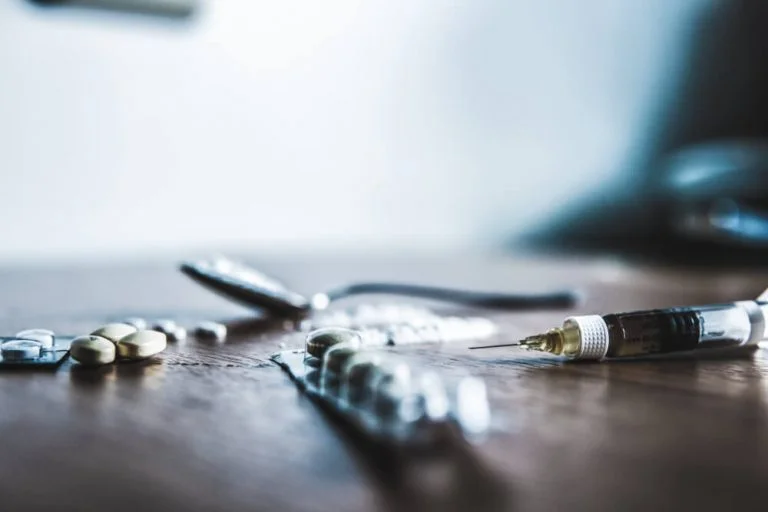List of Opioids and Their Effects

List of Opioids, Their Effects, Overdose Signs, and Prevention
The opioid crisis in the United States, which is affecting people of all walks of life, has been declared a public health emergency by President Trump. This declaration comes at the same time that the Centers for Disease Control and Prevention announced that 115 American lives are lost each day to the abuse of opioids. Today, there are still people who are unaware of the risk of opioids, even if it’s taken according to a doctor’s prescription. As such, we will look at a list of opioids, what they are generally used for, overdose signs, and what to do if you or a loved one has become hooked to the highly addictive substances.
What does a pill overdose look like? Click here to learn the signs – it might save a life.
The Effects of Opioids
Before we begin with a list of opioids, we will discuss the effects of opioids. All opioids are part of the same class of drug, which is known as depressants. The main reason any opioid is used as a medication, even though they all hold the risk of abuse and addiction, is due to its ability to manage moderate to severe pain.
Some opioids such as heroin produce an intense high, but the intensity causes it to be short-lived. Other opioids such as morphine produce a less intense effect, but last for far longer. The common short-term effects of opioid use include the following:
- A feeling of reward and euphoria as the substance effects the reward and pain center of the brain.
- Drowsiness
- Pain relief
- A sedating effect
When they are abused, or used in higher quantities than the doctor prescribed, the effects can include:
- Lethargy
- Nausea
- Paranoia
- Drowsiness and even loss of consciousness
- Respiratory depression
Of course, opioids have different levels of strength and effectiveness. One of the opioids that has caused more opioid overdose symptoms and deaths than any other is fentanyl, which compared to morphine is 100 times more potent. It’s not possible to accurately measure a dose of fentanyl visually, and it’s often added to other illicit opioids and drugs.
List of Opioids
The following list of opioids covers both types of narcotics; prescription-based and illicit narcotics. It explores the most commonly abused or misused opioids in the United States so that you can be more aware of what you or a loved one is taking, and the risks involved.
Heroin
Heroin is a Schedule I controlled substance, which means that it’s illegal, has no medical purpose, and has a high probability of abuse and addiction. Oftentimes, when a person is no longer able to get prescription opioids to sustain their habit, they will turn to heroin. People who use heroin do so to get the intense euphoria that it causes. The most common ways that heroin is sold includes:
- A black, sticky tar-like substance
- White or brown powder
The most common ways that people abuse heroin include:
- Smoking
- Injecting
- Snorting
The way that heroin affects a person is often called “on the nod”, as the person slips in and out of consciousness.
Hydrocodone
Hydrocodone is one of the most prescribed opioids in the United States. The opioid is sold under brand names which include:
- Vicodin
- Lortab
- Norco
It is a Schedule II controlled substance, which allows it to be used as a medication if a prescription is given. While it tends to be used as a pain management solution, it is also prescribed as a cough suppressant and is available in a syrup, capsule, and tablet form.
People abuse it in the following ways:
- Smoking
- Injecting
- Snorting
Oxycodone
Certain brands of oxycodone are perhaps the most popular in the United States. The brand names that oxycodone is sold under include:
- Percocet
- OxyContin
- Roxicodone
OxyContin sales have topped over $35 billion in the roughly two decades that it has been on sale for, thanks to aggressive marketing plans. The various forms of oxycodone are usually sold in tablet form, with options for immediate and extended release. Even with the release of their new formulation that is meant to deter people from crushing and smoking or injecting it, people still abuse it by swallowing larger amounts, which increase the risk of overdose.
Fentanyl
The next in our list of opioids is the fentanyl. It is by far the most powerful opioid, and it can be up to 50 times more potent that heroin. As such, it is often combined with other drugs such as heroin to give a more intense high, which of course has led to many overdose cases.
The brand names that fentanyl is sold under include:
- Subsys
- Lazanda
- Actiq
- Fentora
- Abstral
- Duragesic
Medically, it is given when moderate to severe pain needs to be managed in a person who is tolerant to the effects of opioids. The drug comes as a nasal spray, buccal tablets, lozenges and sublingual spray. It has a more profound effect than most opioids due to its strength, and is also more addictive as a result. Even just skin contact with the substance can be fatal, which puts first-responders at risk.
Opioid Overdose Symptoms
Opioid overdose is not just about how much opioids you take, or what type of opioid you take. Various factors can increase your risk, such as:
- Taking illicit opioids
- Being over the age of 65
- Having medical conditions such as kidney or liver problems
- Combining opioids with other substances
Once a person has taking too many opioids, they will have the following opioid overdose symptoms:
- Pale or blueish skin
- Cold skin
- Limp body
- Pinpoint pupils
- Shallow breathing
- Constant loss of consciousness
- Gurgling or choking sounds
Opioid Overdose Prevention
There are very few opioid overdose prevention methods. One of the few ways includes giving the person naloxone – a medication that can reverse the effects. If you fear that someone may be overdosing on opioids, then you should do the following:
- Contact 911
- If naloxone is available, administer it
- Attempt to keep the person breathing and conscious
- Lay them on their side to stop them from choking
- Stay with the person until help arrives
Opioid Addiction Treatment
In order to truly prevent overdose, one should consider opioid addiction treatment before it gets to that point. Whether for yourself or a loved one, opioid addiction treatment is the best way to prevent future substance abuse and help the person better cope with stressors.
Addiction treatment for opioids include:
- Medical detox
- Behavioral therapy
- Medication-assisted treatment
- Relapse prevention techniques
- Aftercare services to manage the disease


